Architectural History (ACH112)
Historical Timeline
By: Connor Hackenberg
Click on the images to enlarge them.

7500 BC
Neolithic architecture marked a pivotal shift in human history, reflecting the transition from nomadic lifestyles to preferring settled argricultural communities. This era saw the emergence of permanent structures and organized settlements, emphasizing functionality, communal living, and the beginnings of architectural symbolism. Çatal Hüyük, a prominent Neolithic site in modern-day Turkey, stands as one of the earliest examples of urban planning and development based architecture.
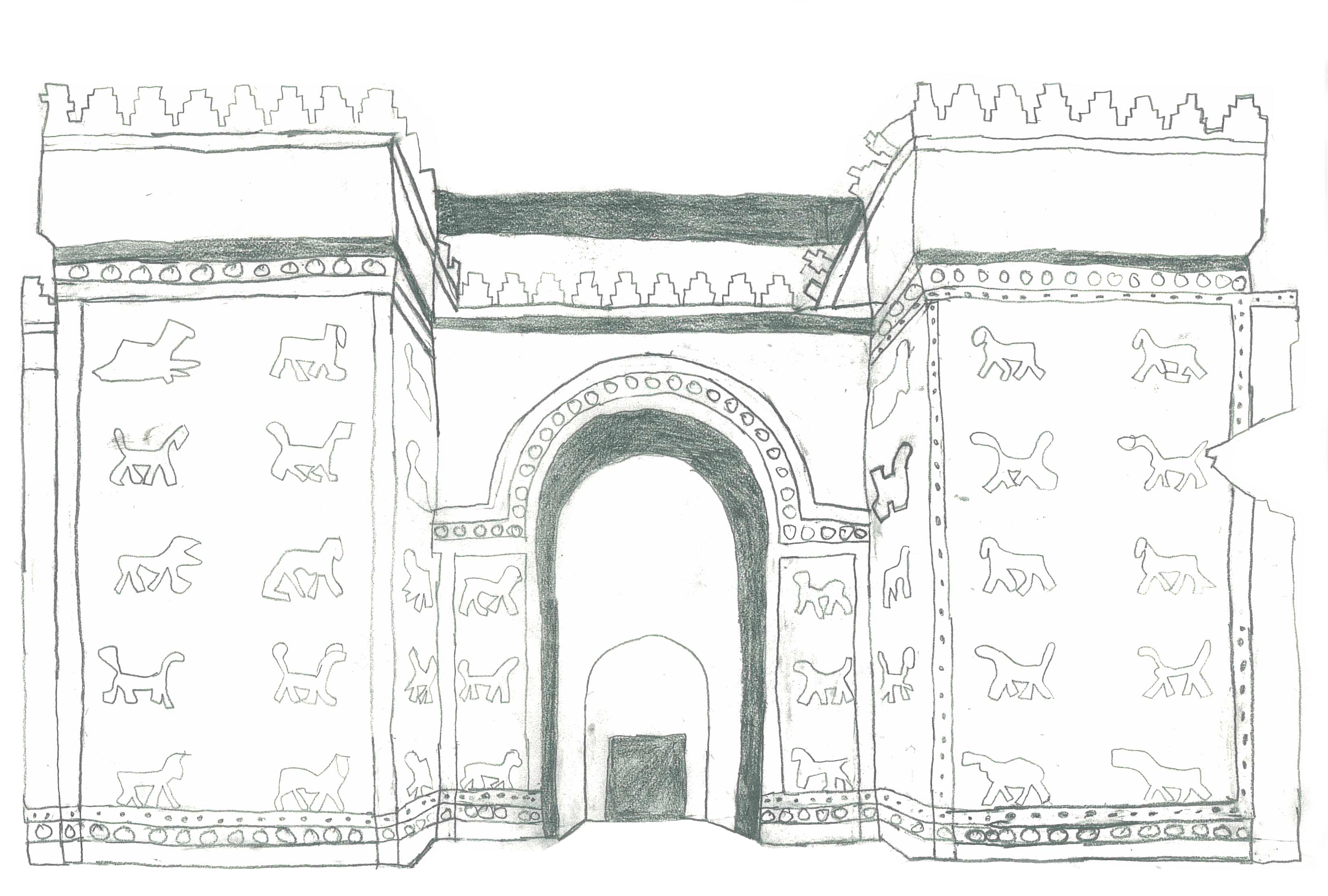
575 BC
Mesopotamian architecture is significant as one of the earliest expressions of urban and monumental building in human history, laying the groundwork for architectural innovation. During this time monumental temples were constructed to symoblize the connection to the heavens. These palaces served as the central place for religion and governance. Also during this time the improved use of mudbrick added ingenuity and influenced future civilizations across the world.

447 BC
Ancient Greek architecture is a cornerstone of Western architectural tradition, celebrated for its emphasis on harmony, proportion, and innovation. It introduced iconic orders such as, Doric, Ionic, and Corinthian that became foundational in architectural design. Structures such as the Parthenon in Athens showed the Greeks mastery of geometry and their pursuit of aesthetic perfection, reflecting their values of democracy, civic pride, and reverence for the gods. Greek architecture also pioneered the use of public spaces like agoras, theaters, and stadiums, influencing the design of later group spaces.
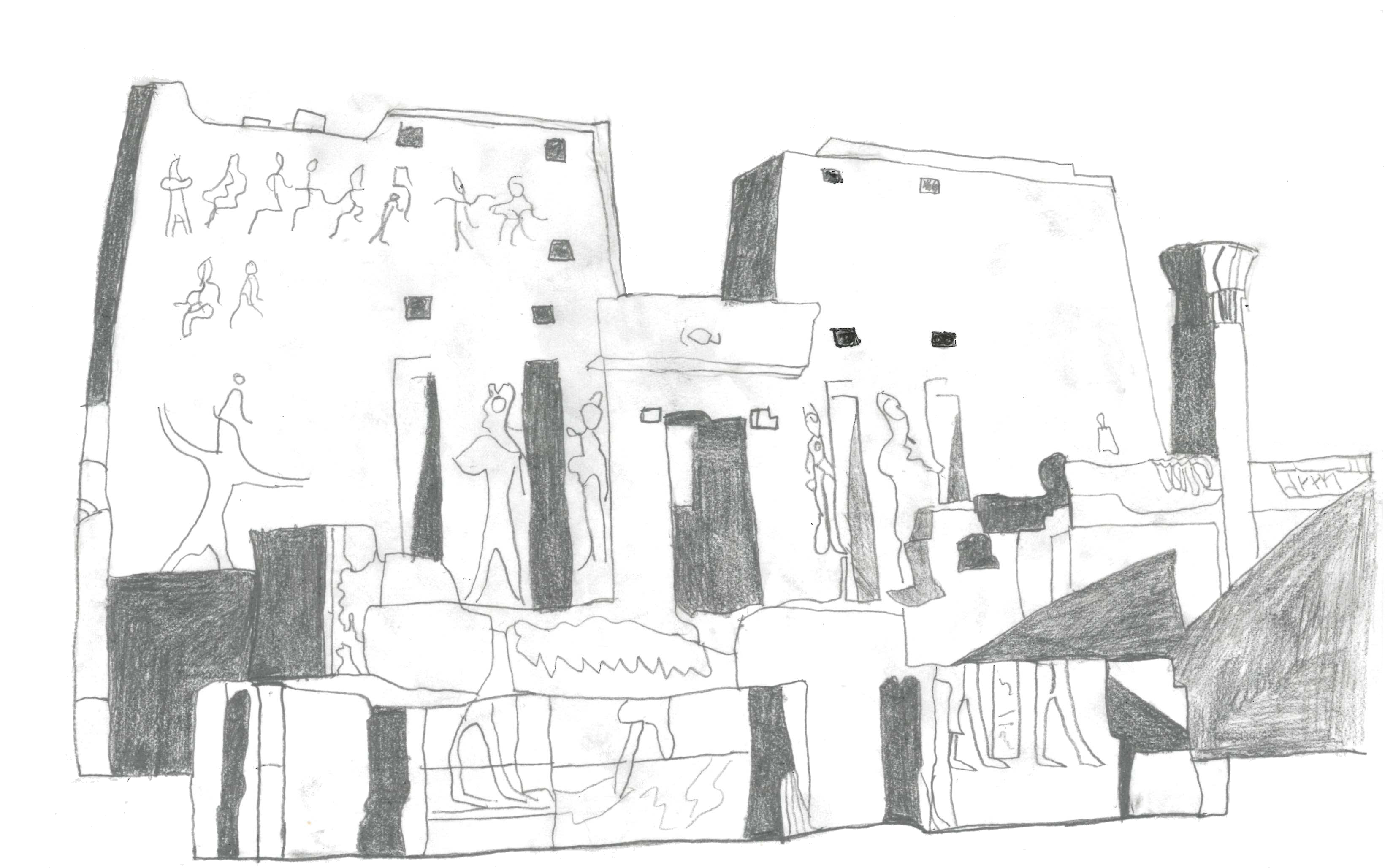
237 BC
Ancient Egyptian architecture is a cornerstone of architectural history, renowed for its monumental scale,technical innovations that are used in modern day, and enduring influence in future pieces of architecture with the use of basic geometric shapes. This era of architecture was deeply rooted between the Egyptian religion, power, and society as a whole. Some iconic structures during this time was the pyramid at Giza and the Luxor temple.

19 BC
Ancient Roman architecture is a hallmark of architectural history, celebrated for its groundbreaking innovations in engineering, materials, and urban planning. It introduced the widespread use of concrete, arches, vaults, and domes, enabling the construction of massive, enduring structures like the Colosseum, aqueducts, and the Pantheon. Roman architecture prioritized functionality and grandeur, shaping cities with public spaces such as forums, baths, and amphitheaters that enhanced urban life. It's continued improvement on city life is why certain things are done today.

1631
Islamic Architecture brought significant and renowned ornamentation in architectural history. It combined influences from Byzantine, Persian, and local traditions to create a distinct style. Hallmarks include the use of geometric patterns, arabesques, calligraphy, and advancements in domes, arches, and minarets, as seen in iconic structures like the Alhambra, the Dome of the Rock, and the Great Mosque of Córdoba. Islamic architecture prioritizes harmony, balance, and a connection to the spirit, often integrating communal spaces like courtyards and gardens. Its timeless principles continue to influence global architecture and serve as a testament to cultural and artistic exchange across civilizations.
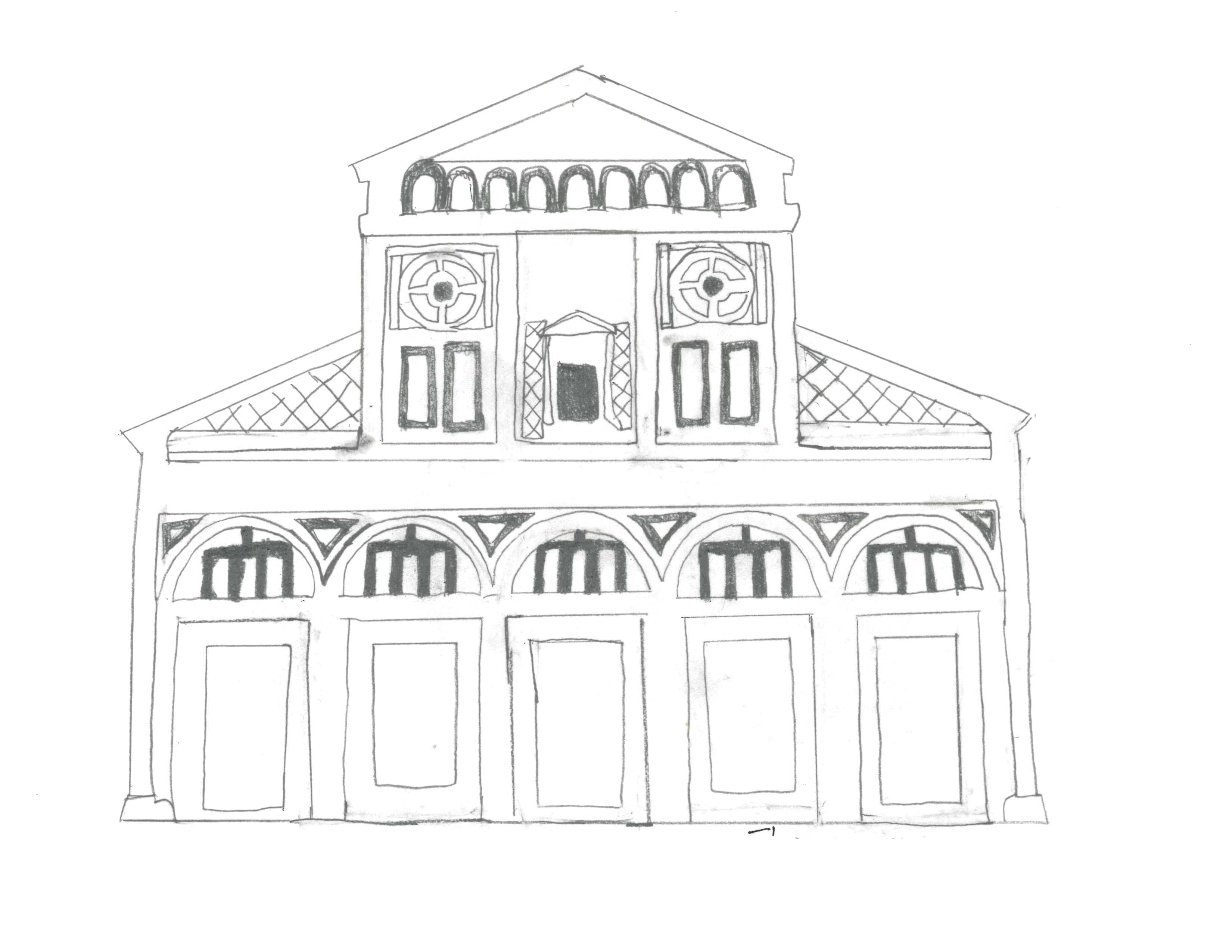
1013
Romanesque architecture is significant for its role in revitalizing monumental construction after the fall of the Roman Empire. Characterized by thick stone walls, rounded arches, sturdy piers, and barrel or groin vaults, it reflected a fusion of Roman engineering techniques with medieval creativity. Its innovations in structural stability and spatial organization paved the way for the later Gothic style, marking a critical step in the evolution of Western architecture.

1211
Gothic architecture is renowed for its revolutionary advancements in design. Characterized by pointed arches, ribbed vaults, and flying buttresses, it allowed for soaring structures with large stained-glass windows that filled interiors with light and color, symbolizing divine presence. Iconic cathedrals such as Notre Dame in Paris and Chartres Cathedral exemplify its emphasis on verticality, intricate ornamentation, and awe-inspiring grandness. Gothic architecture not only pushed the boundaries of engineering but also became a medium for storytelling, with sculptures and windows depicting biblical narratives. It profoundly influenced Western architecture, leaving a legacy of innovation and artistic expression that continues to captivate to this day.
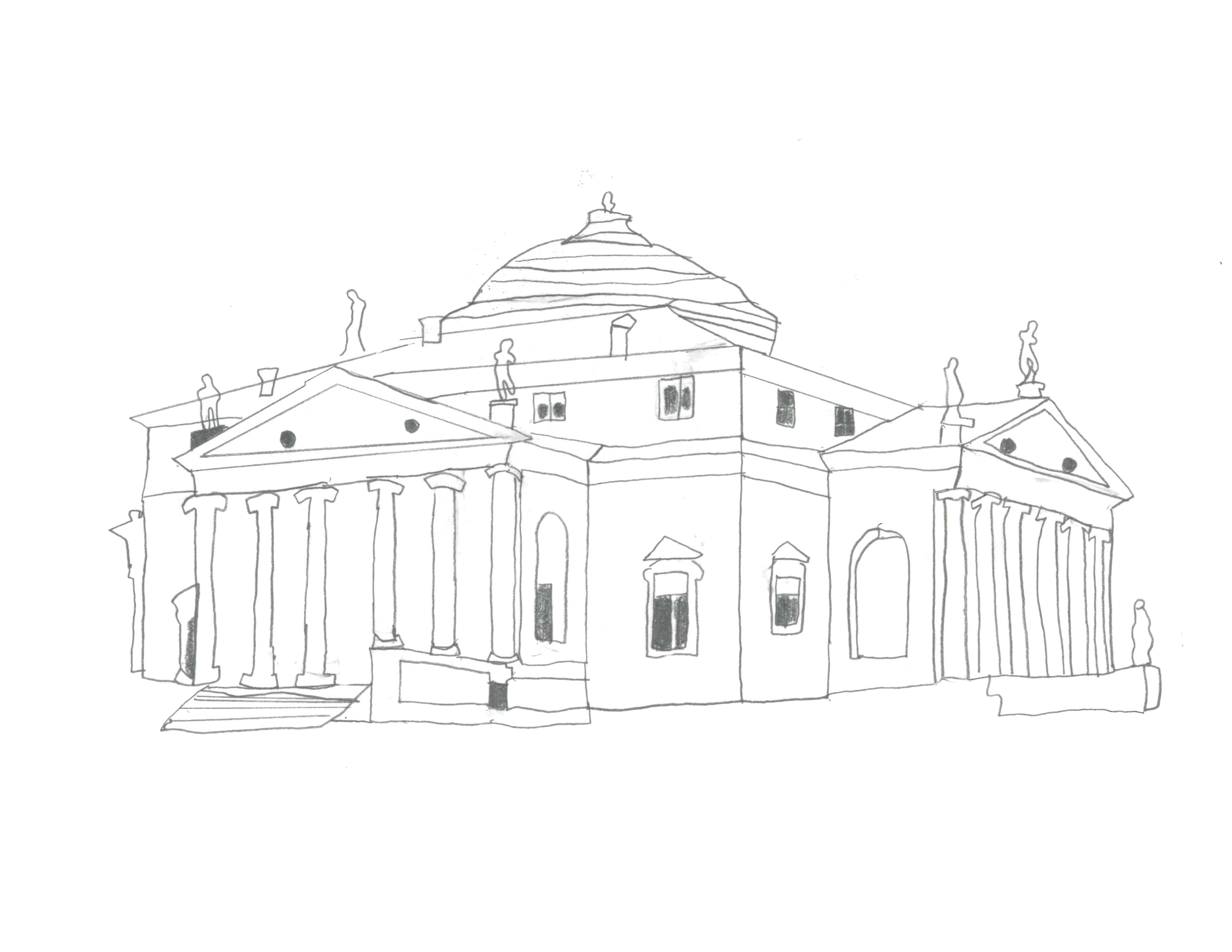
1566
Renaissance architecture, marked a pivitol rebirth of classical ideals combined with innovative techniques. Inspired by the symmetry, proportion, and geometry of ancient Greek and Roman architecture, it emphasized harmony and rational design. Architects like Filippo Brunelleschi and Andrea Palladio revolutionized building design with advancements such as the dome of Florence Cathedral and Palladian villas. Renaissance architecture also reflected the era's cultural awakening, aligning art, science, and architecture with human-centered values. Its principles profoundly shaped Western architecture, influencing subsequent movements like Baroque and Neoclassicism, and established architecture as both a technical and artistic discipline.

1669
Baroque architecture was significant for its dramatic, dyanmic, and highly ornamented style that sought to evoke emotion. Rooted in the Counter Reformation, it was used by the Catholic Church to inspire awe and convey power, as seen in iconic structures like St. Peter’s Basilica in Rome and the Palace of Versailles. Baroque architects employed innovative techniques such as curved forms, elaborate facades, and intricate detailing, often integrating sculpture and painting to create immersive experiences. Its emphasis on movement, light, and theatricality marked a departure from Renaissance balance, influencing architecture across Europe and beyond. Baroque architecture’s expressive style continues to captivate and stands as a testament to the era’s cultural and artistic ambitions.
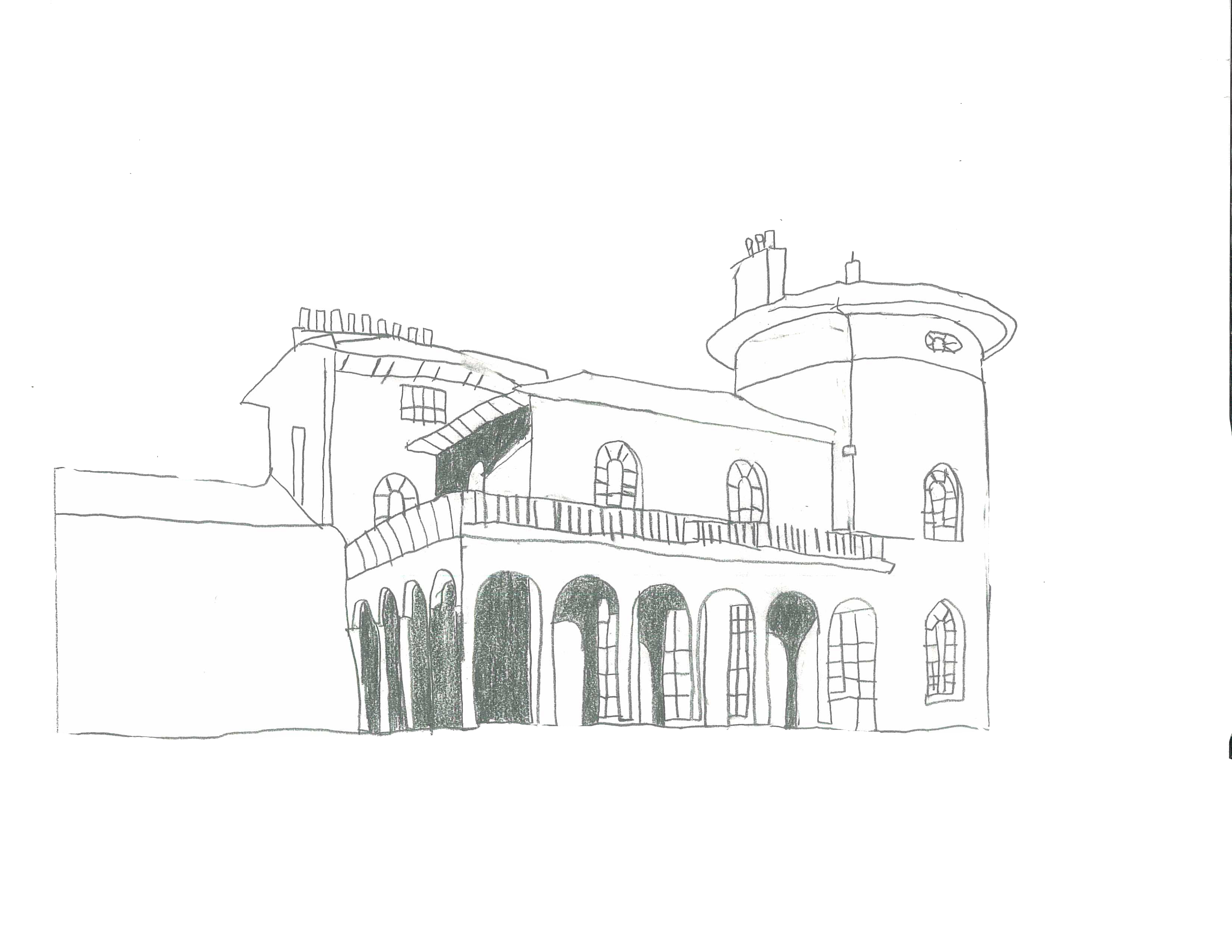
1802
18th century architecture is significant for its diversity and transtion between Baroque and the restrained elegance of Neoclassicism. This period saw the rise of Palladianism, inspired by the works of Andrea Palladio, emphasizing symmetry, proportion, and classical forms. The century also witnessed the beginnings of industrialization, which introduced new building materials like cast iron, influencing unlimited architectural possibilities. 18th century architecture bridged the ornate expressiveness of earlier periods and the rational, functional designs of the modern era, leaving a lasting legacy in civic, religious, and domestic architecture.
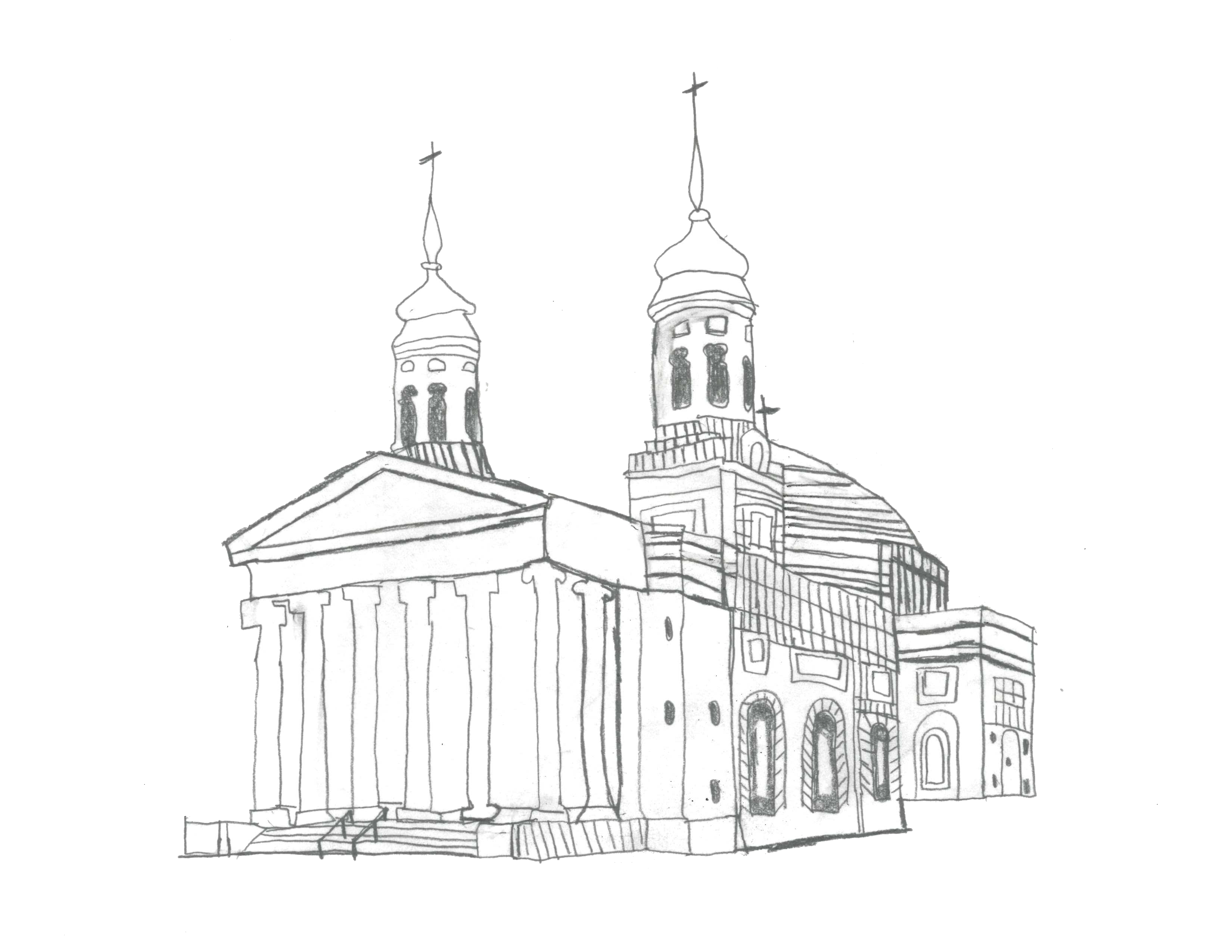
1806
19th century architecture is significant for it's innovation and response to technological changes of the Industrial Revolution. This period saw a revival of historical styles, such as Gothic Revival, Neo-Romanesque, and Beaux-Arts, blending past traditions with modern needs. The advent of new materials like steel and reinforced concrete, combined with innovations like the use of elevators, paved the way for transformative structures such as skyscrapers. This century laid the groundwork for the bold movements of the 20th century.

1928
20th century architecture is significant for its groundbreaking improvements, diverse movements, and response to rapid societal and technological change. Modernist pioneers like Le Corbusier and Frank Lloyd Wright, redefined architecture with minimalism, functionalism, and new materials like steel, glass, and concrete, as seen in iconic structures such as Fallingwater and the Villa Savoye. Overall, 20th century architecture reshaped urban landscapes and established architecture as a medium for both innovation and cultural expression.